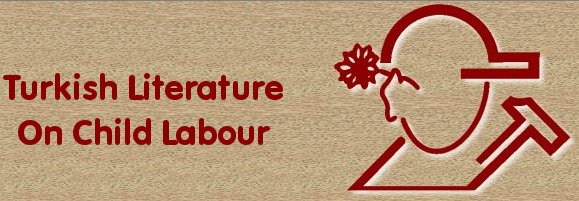Child Labour in Turkey
Title of the Study: Child Labour in Turkey
Type of the Study: Report-Research
Authors of the Study: Tuncer Bulutay
Presentation,
Year/Place of Publication: 1995, Ankara
Language of the Study: Turkish
Number of Pages: 96
Purpose: To explain the subject of child labour in Turkey, to highlight the state of child labour with the use of DIE data and to outline solution suggestions for the problem.
Content: There are 3 parts in this work. In the first part reasons of child labour are underlined. Second part consists of data that explains the situation of working children in Turkey. Also educational status of children are given. In the third chapter, combatting child labour issue is discussed in depth.
Method: Docuement scanning method is applied and DIE data is used.
Excerpt: We think that the principal instruments in combatting child labour in Turkey can be collected in 4 groups: i) Development of the economy. ii) Improvement in the health of the social and cultural atmosphere. iii) Enforcement and betterment of legislation. İv) Progress in education. (p.61)
Some Keywords: working children, child abuse, socio-economic level
